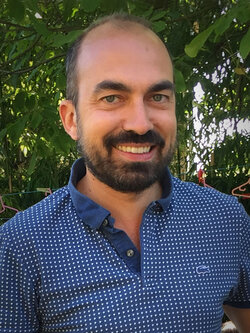Interview with cinematographer Julien Poupard, AFC, about Pierre Salvadori’s film “The Trouble with You”
Yvonne, a young police inspector, discovers that her husband, Captain Santi, a local hero who died in combat, was not the brave cop she though he was, but instead a real crook. Determined to right the wrongs he committed during his lifetime, she crosses paths with Antoine, who was falsely accused by Santi and sent to prison for eight long years. An unexpected and mad meeting that explodes both of their lives.
With Adèle Haenel, Pio Marmaï, Audrey Tautou, Vincent Elbaz.
Pierre Salvadori shook up his usual crew for The Trouble with You and he chose to work with you. What was it like when you first met ?
Julien Poupard : Pierre Salvadori is an incredible cinephile ! The first time we met, we immediately discussed the directors and films that had left a lasting impression on us. After we’d listed a good number, we mentioned Jonathan Demme. We spoke about Silence of the Lambs, which is a masterpiece in my book, and Pierre mentioned Jonathan Demme’s first films : Married to the Mob and Something Wild.
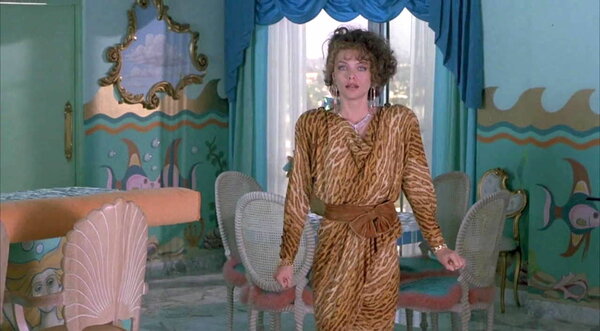
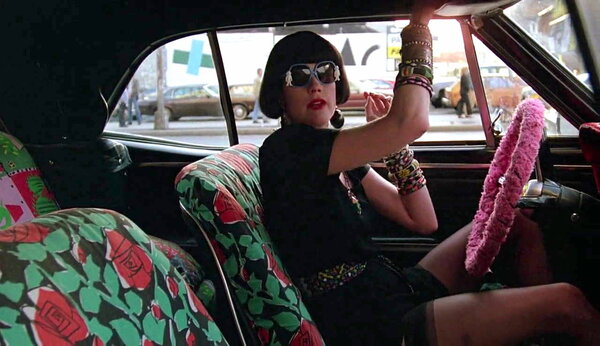
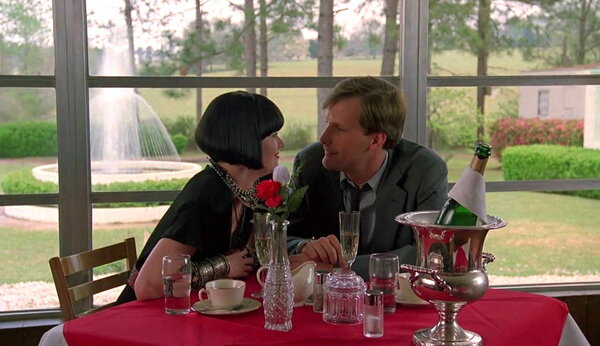
Pierre wanted to make a colourful movie with lots of movement. He wanted me to draw on those films for inspiration. He wanted me to immerse myself in their colour and then wanted us to transpose it onto our film but with a certain modernity.
In concrete terms, what do you mean by “a certain modernity” ?
JP : The screenplay of The Trouble with You is brilliant, it’s a cross between multiple genres, multiple styles – it’s almost a postmodern film. It navigates between action, comedy, romance, and crime… It’s a tribute to cinema, it’s self-referential, and at the same time, it’s very playful. We had to create an image that would tell this story but always with a slight bit of irony.
Concretely, the comic scenes were always precisely blocked, with fixed shots, precise dolly movements, and attention to rhythm.
On the other hand, some other scenes have an operatic aesthetic, such as when Yvonne follows Antoine and the two characters begin to falsely read off their lines without paying the slightest attention to one another. Here, we chose an isolated and abstract set and we filmed the actors facing the camera with a Steadicam in order to front their theatrical exclamations.
Lastly, for the action part, we filmed with a shoulder camera, with lots of movements and a careful choreography between the camera and Santi (Vincent Elbaz) and, of course, a more highly-technical aspect with the intervention of other professionals (VFX, SFX, stunt doubles, etc.).
In a nutshell, we had fun “playing” with the codes of various genres – there was really a playful pleasure with the camera and the plurality of genres…
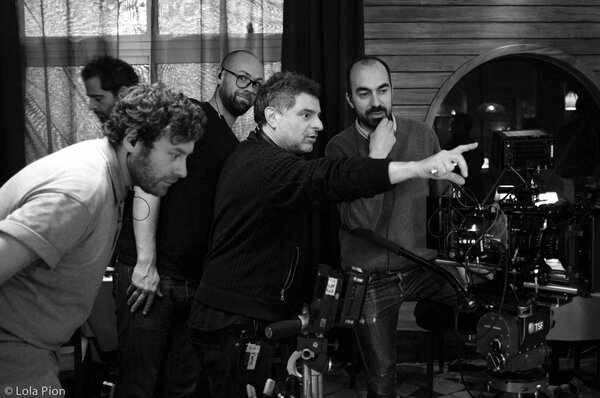
Can you tell us more about the action scenes that punctuate the film ?
JP : In the film, Yvonne (Adèle Haenel) is telling her son bedtime stories. She speaks of his father as though he were a hero. So, we’re filming a fantasy, a mise-en-abyme that is in contrast with the aesthetic of the rest of the film.
It was pretty exciting to create. We watched a lot of Jason Bourne. We had to draw inspiration from some of those lighting ambiences, the blocking, but we also wanted to keep an ironic distance from it all…
It was pretty technical, with exploding doors, gun shots, stunts, and a lot of digital special effects. Those are times where you can take the risk of very strong, contrasted, desaturated lighting with smoke and a shoulder-carried camera. Those are shots that suddenly appear in the middle of the movie, so the image had to be different but also moderated so that the contrast wouldn’t be too extreme.
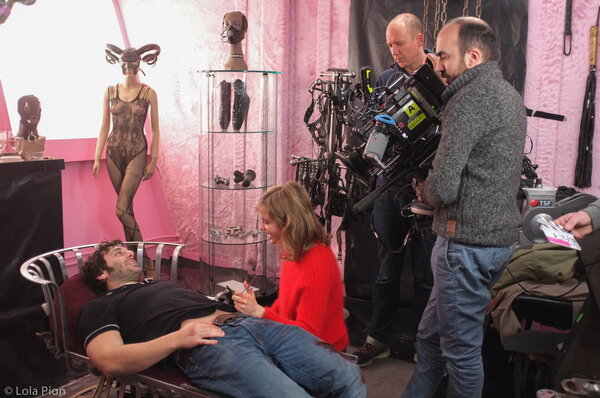
How did preparation go ? Did you create a shooting script ?
JP : Pierre surprised me during preparation by telling me that he didn’t want to do any screen tests with the actors before shooting began. There’s a theatrical element to the screenplay, it was something where the actors had a hard time striking the right note. So, the director was willing to experiment, to make mistakes, and to begin again. He accepted that dangerous position. And we also had to group about in the dark to find the right image…
Pierre also spoke a lot about having the camera on the shoulder during preparation, but we quickly let that go because he likes to clearly define what is in and out of the frame. We would also place the actors in function of the frame. And that corresponded with the idea of theatricality, in which the staging had to come before the rest. We spent a lot of time thinking about the movements without the actors.
In the film, there is a harmony of colour between the costumes, the sets, and the lighting. How did you achieve that ?
JP : I was very glad to work with Virginie Montel, the costume designer and production designer, and Michel Barthélémy, the set designer, both of whose work I admired before beginning this film. We had a couple of meetings together to pin down the colours we wanted. The idea was always to have two primary colours in the image.
Virginie worked with a palette of discreet colours. She wanted colour, but she didn’t want it to be overwhelming. The strong colours had to come from the sets or the lighting, in order to avoid an oversaturated film.
Michel added a lot of colour to the sets, and we really worked hand-in-hand on that. An example is Yvonne’s son’s bedroom, where we wanted to accentuate the idea of a space in which imagination predominates. We created a set with cold tones and warm lighting.

The Trouble with You is a comedy, but the image isn’t stereotypical of a comedy.
JP : Indeed, we didn’t want the over-lit image typical of some comedies. There’s a fine line between a contrasted image with a definite artistic statement and the need to see the actors’ faces.
With the lighting, I tried to create something joyful, a certain lightness, and yet the feeling that you’re always at the edge of the cliff. We worked with a pretty contrasted image, and at the same time, bright faces. That’s why I used the Leica Summilux series, which are very sensitive lenses, with high-fidelity colour rendering. I chose the Alexa for its softness in bright lights.
During colour grading, we used a Kodak LUT and restored certain colours in order to bring out at least two strong colours in each shot.
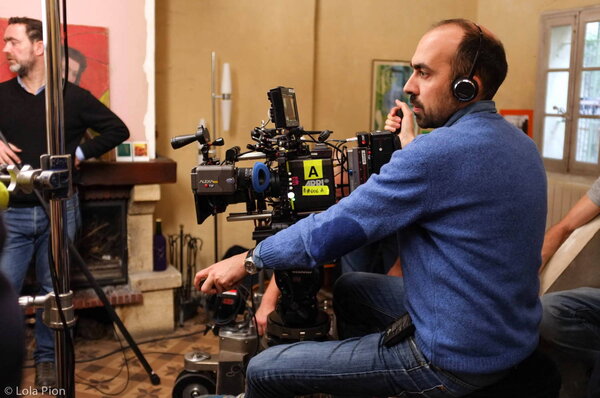
You said that Pierre Salvadori’s directorial style has something postmodern about it. Can you give an example of that and of how it is related to the image ?
JP : The reunion scene after the release from prison is a perfect example, and it is one of the funniest scenes in the whole film. That scene in itself is a summary of Pierre Salvadori’s cinema : it is a homage to film directing in its very essence. Pierre likes the viewer to be aware of the artificiality of filmmaking. The image is one of the processes that create a film, and it must contribute to making that artificiality visible.
Antoine (Pio Marmaï) is reunited with Agnès (Audrey Tautou) after having spent eight years behind bars. But he arrives home earlier than expected. His wife is completely taken by surprise. She asks him to go back to the gate and to make his entry again. Then she asks him to do it a third time, because she feels it’s so magical…
Antoine’s first arrival was shot from the shoulder, we’re with Agnès. The second time, we’re more in control and it’s more dramatic : there is more temporality, more emotion, and we begin with a slow travelling shot on Agnès, from her point of view. The third time, we discover that Yvonne is hiding behind the fence and we observe the scene from her point of view, with longer focal lengths.
Was it a good first experience with Pierre Salvadori ?
JP : Sincerely, it was a very pleasant shoot. Pierre is open to suggestions and he transmits true pleasure to the shoot. You’ve got to see him behind the video assist, living through the scenes, laughing out loud… This was a film about pleasure and I hope the pleasure was mutual.
(Interview conducted by Brigitte Barbier on behalf of the AFC, and translated from French by Alexander Baron-Raiffe))
 En
En Fr
Fr
